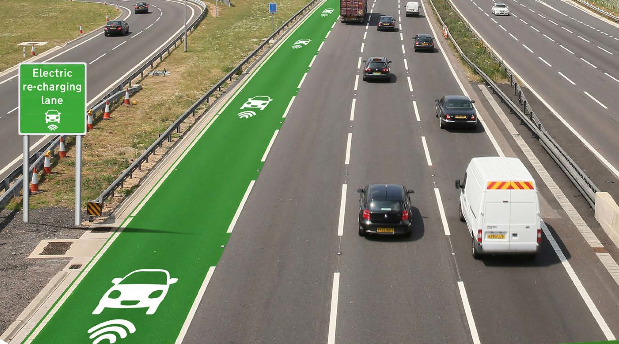Ok, why can't he be readable as you?He means:
1) make it optional (make space for induction coil in designing the vehicle but make it optional to install the coil and the attached cabling and cooling)
2) wait for the technology to mature more (get better, with less losses)
3) Wait until the hardware can be built at a cost of 112 dollars to Tesla, and sell it to the customer for 250 (100% margin)
I kind of agree.
Ok, i agree, of course it need to be optional, and then i agree that the tecnology isn't mature for now.
The part i don't agree is the 112$ options.
First of all, they charge about 25% so if the pay it 112$ they will sell it at 140$, since it's an optional maybe 180? but not more i think. ( and of course actually cost at least 10 time more.. so it's unlikely that in a couple of years will be available at this price )
The point is.. who care how much it cost? it's an option, if you don't think the value is enought for the cost you just don't buy it, but if you really want it for some reason, here it is.




